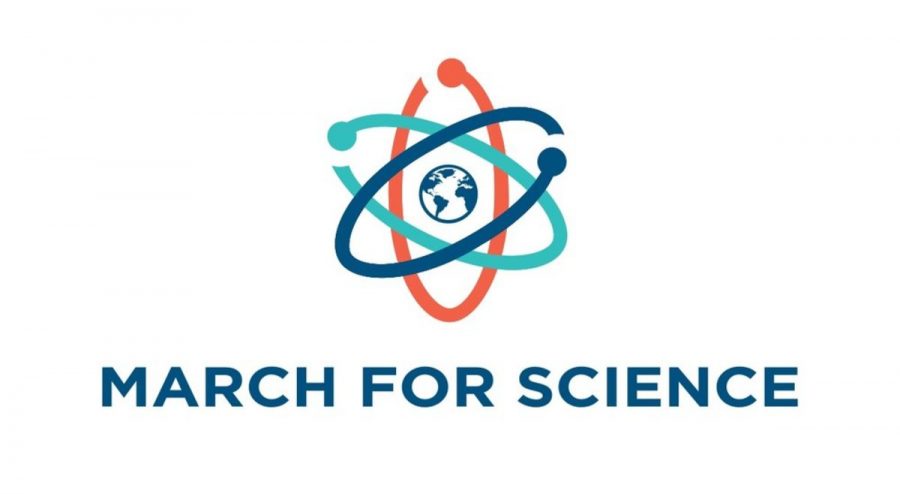March for Science promotes policy, research
MARCH. The March for Science will take place on April 22, also Earth Day. The main one will take place in Washington D.C., but there will be satellites held all over the world, including one in Cincinnati at Fountain Square at 10 a.m. Students are encouraged to participate in person or on the march’s website where the main event will be streamed. Photo courtesy of the March for Science.
This year’s shift in political leadership has led to increasing participation in activism, including, notably, the Women’s March in January. As part of this trend, an international March for Science will take place on April 22.
“The March for Science champions robustly funded and publicly communicated science as a pillar of human freedom and prosperity. We unite as a diverse, nonpartisan group to call for science that upholds the common good and for political leaders and policy makers to enact evidence based policies in the public interest,” said the National Committee of the March for Science.
The main march will take place in Washington D.C, but there will be approximately 500 satellite marches all over the United States and the globe. This includes an event in Cincinnati which will begin at 10 a.m. at Fountain Square.
The date was chosen for it is also Earth Day, an international holiday designed to raise environmental/climate awareness and promote taking care of the planet.
The march itself is nonpartisan and about more than just politics–it is also meant to be a celebration of the importance of science and research itself. This includes a desire for scientific findings to be taken into consideration in policymaking, on both sides of the aisle.
“Oftentimes opinions can sway our government; we ignore proven facts in order to improve political or economic standing. However, this march promotes political leaders to forget their party views and think about the scientific evidence. Science is not left or right leaning. Global warming is not right or left leaning,” said Ryan Tufts, 11.
There has been significant debate regarding whether or not scientists should speak out on such matters at all, but recent developments such as the limitations placed on the EPA and the proposed budget cuts to science-related organizations like the National Institute of Health have sparked a push to speak out.
Other core principles of the march include quality science education, diversity in STEM, greater support in terms of federal funding, and freedom to communicate scientific findings (in response to gag orders placed on scientific organizations).
One aim of the event is to humanize the field to the public and make it more accessible. Therefore, organizers have made an effort to be accessible to those with disabilities and consist of a diverse committee of leaders.
“While I thoroughly support the march and its message, it is not probable that this event will bring massive change. However, the important thing is that Americans are exercising their right to protest and passionately supporting their beliefs,” Tufts said.











